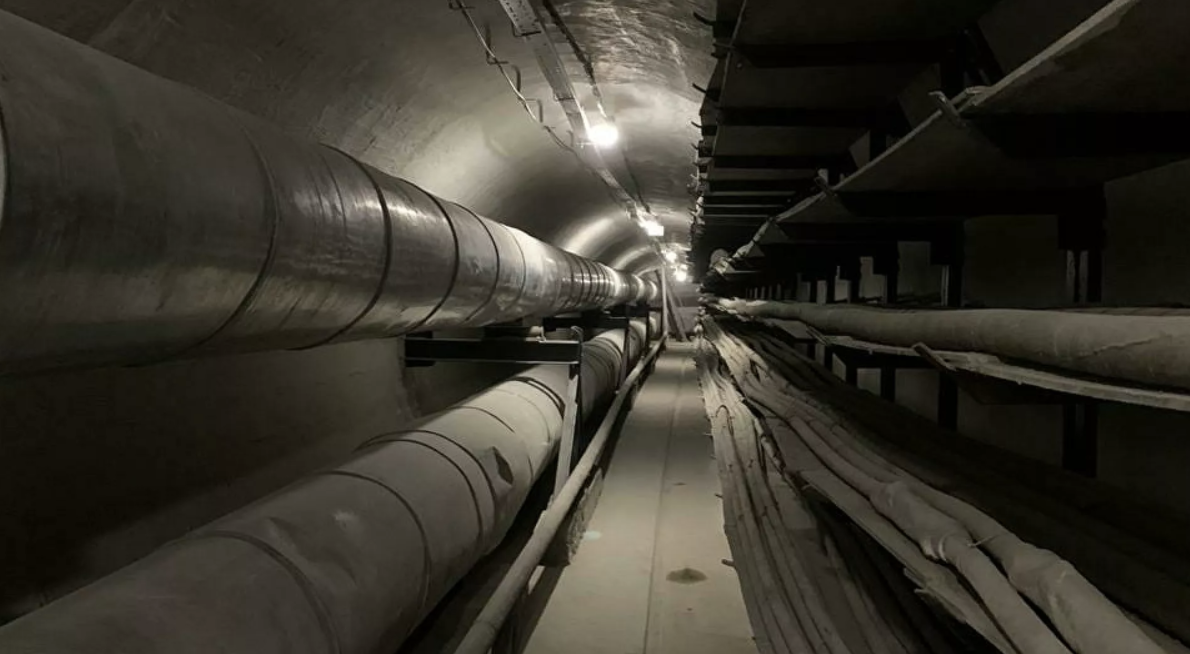Scientists from NUST MISIS and the Royal Institute of Technology (Sweden) have developed a new method for disinfecting the internal surfaces of water supply systems (water pipes, filters and storage tanks). Experts have suggested using ozone-based solutions for this instead of traditional chlorine-containing reagents. The research is published in the journal Environmental Science and Pollution Research. This was reported to RT by the press service of NUST MISIS.
Researchers have found that disinfection with ozonized solutions, unlike traditional chlorine-containing reagents, significantly reduces the risk of corrosion on the inner surface of water pipes. Scientists claim that solutions containing ozone are much more effective in destroying microorganisms and viruses. As the researchers note, traditional chloride compounds get into microcracks formed as a result of the operation of pipes, and lead to an increase in the acidity level of the water passing through the pipes. This causes corrosion on the inner surface of the pipes after disinfection. Moreover, scientists noted that during corrosion with chlorine-containing reagents, a lot of iron gets into the water. According to scientists, drinking such water can lead to serious illness.
“Frequent drinking of water with a high iron content negatively affects almost all human organs.
Partially accumulating in the body, iron over time can cause problems with the heart, liver, kidneys, spleen, as well as lead to metabolic disorders and allergic reactions, "Valentin Romanovsky, an employee of the NUST MISIS Research Center for Functional Nanoceramics, said in an interview with RT.
Water pipes
© Moskollector
The researchers argue that water from pipes purified with ozone-containing solutions does not pose risks to human health.
Experts add that the treatment of pipes with chlorine-containing agents takes from six to 24 hours, and ozone disinfection takes only half an hour.
Also, according to the researchers, disposal of ozone-containing solutions is much easier and cheaper than chlorine-containing reagents.
After treatment with chlorine-based compounds, part of the substance remains in the water, therefore, such water must be drained or treated.
This process is time consuming and unsafe, it takes a long time, scientists say.
Ozone, on the other hand, decomposes in water within 20-30 minutes, and after its complete decomposition oxygen is formed.
This has a positive effect on the quality of the water and does not require additional efforts to purify it.
“Ozone finds more and more widespread use for disinfecting water, but it has hardly been used for disinfecting surfaces.
At the same time, this will significantly improve not only the environmental, but also the technical and economic indicators of the disinfection process, ”summed up Valentin Romanovsky.

